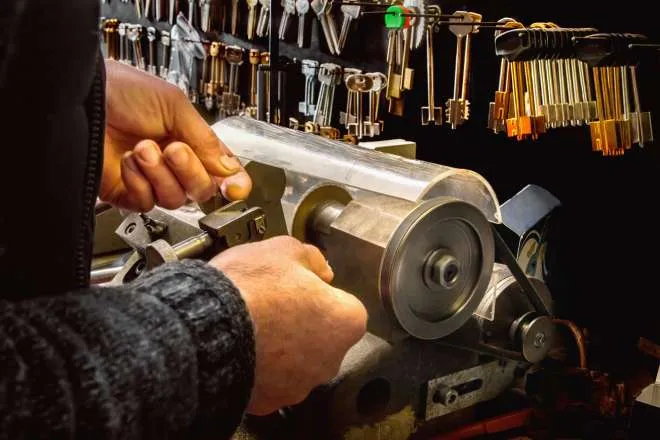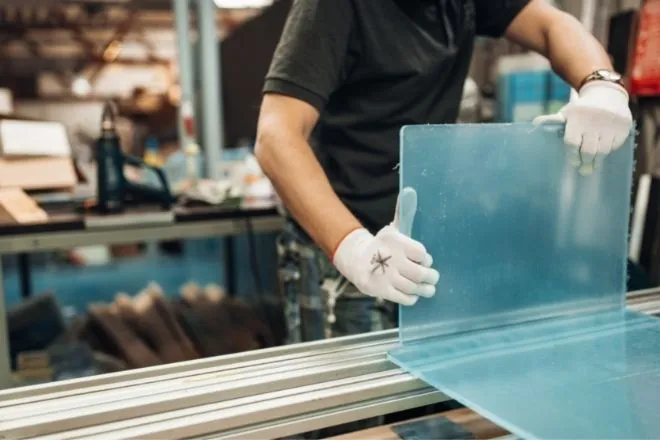
Key Components of Modern Refrigeration Equipment
©
Refrigeration technology plays a vital role in both residential and commercial settings. Modern refrigeration equipment is behind everything from keeping groceries fresh at home to preserving perishable goods in industrial facilities. But have you ever wondered what makes these systems work so effectively? Below, we break down the key components that power modern refrigeration systems and explain their importance.
Compressors
The compressor acts as the driving force behind any refrigeration system. It pumps refrigerants through the system, converting them into high-pressure, high-temperature gases. This step is essential because it allows the system to expel heat later. Without an efficient compressor, the cooling process grinds to a halt. Many modern systems feature energy-efficient compressors to help lower electricity usage while keeping performance consistent.
Condensers
Once the refrigerant leaves the compressor, it flows into the condenser. Here, the refrigerant loses the heat it absorbed earlier and cools down as a result. You’ll find condensers as coils or fins, commonly mounted outside the refrigerator unit, to dissipate warmth into the surrounding environment. Properly functioning condensers are critical for maintaining a stable refrigeration process, making them a priority in system maintenance.
Evaporators
Evaporators play an equally important role by absorbing heat. They allow the cooled refrigerant, which has returned to its liquid state, to absorb heat from the refrigerator’s interior or the surrounding area. This absorbed heat then travels through the system to be expelled by the condenser. Whether you’re storing vegetables at home or seafood in a restaurant pantry, the evaporator works to keep temperatures steady and your items in good condition.
Expansion Valves
Expansion valves control how much refrigerant enters the evaporator at a given time. This regulation is crucial for maintaining the optimal temperature throughout the system. The valve allows only enough refrigerant to match the specific cooling needs, preventing wastage and overcooling. Advanced systems use electronically controlled expansion valves to achieve greater precision and efficiency.
Refrigerants
Refrigerants, often special gases used in refrigeration, are the key players that cycle through the entire system to perform efficient cooling. These gases undergo repeated compression and expansion as they move between the evaporator, compressor, and condenser. Over the years, refrigeration has moved toward environmentally friendly refrigerants that minimize impact on the ozone layer while maintaining excellent cooling properties. Choosing the right refrigerant is a significant consideration in modern refrigeration equipment design.
Modern refrigeration components represent a finely tuned combination of components working together seamlessly. Understanding these key elements gives you a greater appreciation for the technology and the knowledge to value proper system performance.
















